1. The Dirty Side: Yosemite National Park
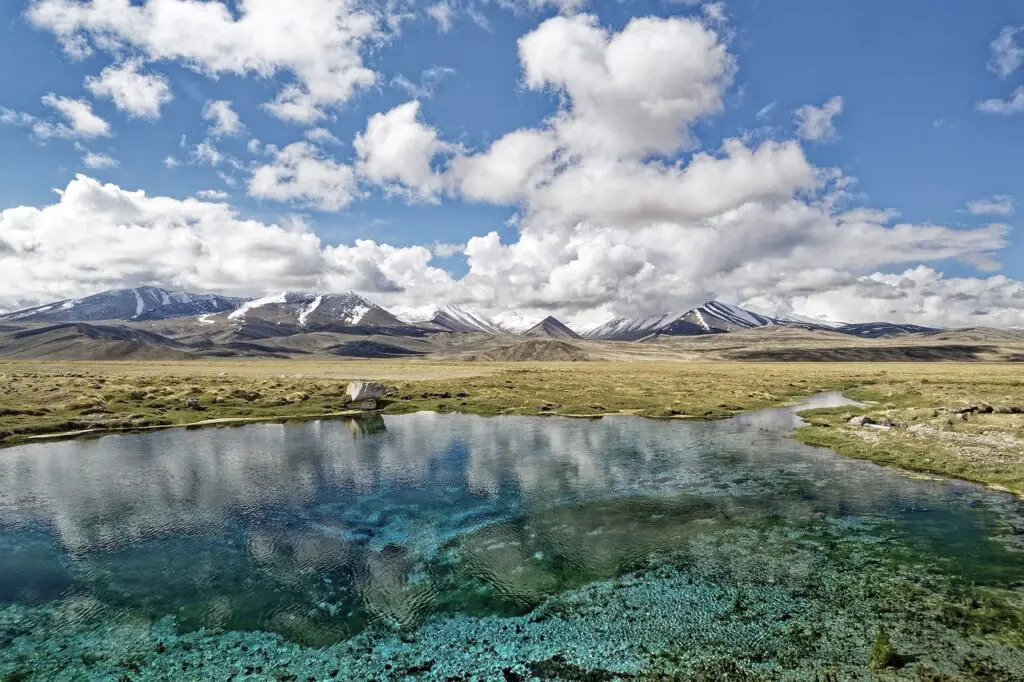
Yosemite, one of America’s most iconic parks, is as breathtaking as it is busy. It draws millions of visitors each year, making it a hotspot for those seeking a connection with nature. However, with such heavy foot traffic comes a significant environmental cost. You’ll often see litter scattered around the park, especially around popular landmarks like Half Dome and Yosemite Falls. Unfortunately, the sheer number of tourists creates a challenge in maintaining the park’s pristine beauty. Popular hiking trails can sometimes be overcrowded, resulting in erosion of the trails, damaged vegetation, and overuse of facilities.
Despite efforts to maintain cleanliness and preserve its natural environment, Yosemite struggles with overcrowding, which puts immense pressure on its resources. With more people using the park’s services and amenities, waste management becomes increasingly difficult. The constant influx of visitors can lead to more trash in areas that are difficult to clean up, like in the backcountry or along streams. In certain places, you may also notice pollution in the form of plastic waste, food scraps, and even waste from visitors who don’t adhere to Leave No Trace principles. Yosemite is beautiful but needs more attention and care to maintain its pristine state.
2. The Dirty Side: Yellowstone National Park
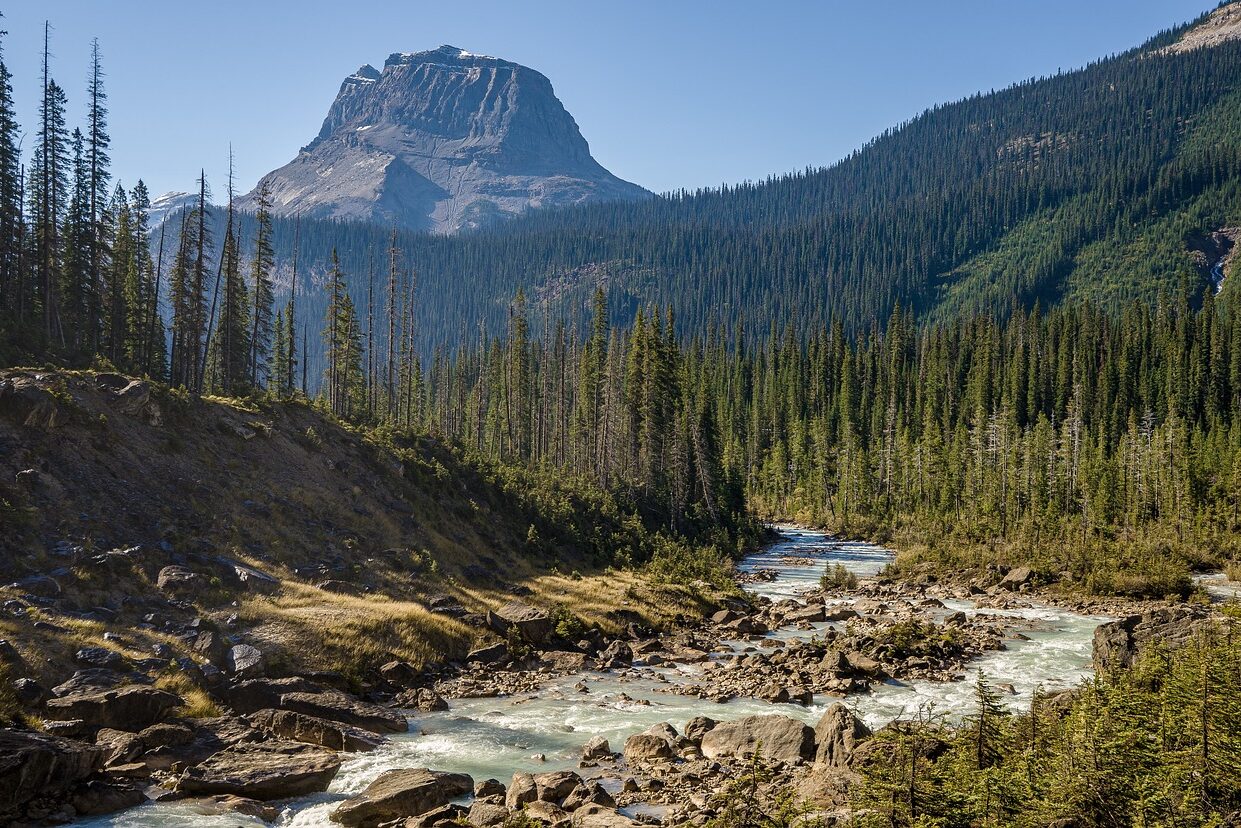
Yellowstone is another popular park that sees millions of visitors annually. While it’s undeniably stunning, with its famous geysers and wildlife, it also suffers from environmental degradation in areas heavily frequented by tourists. The sheer volume of people visiting this UNESCO World Heritage Site has led to issues with air pollution, waste disposal, and wildlife disturbances. As noted by Mountain Journal, one of the most common complaints from park rangers is that visitors often leave behind trash or disturb fragile ecosystems, which impacts the park’s natural beauty.
Yellowstone also deals with pollution from the many roads crisscrossing its landscape. While the park is vast, the areas around roads are especially affected by car emissions. Despite ongoing efforts to limit vehicle access and encourage more sustainable tourism, the park continues to face challenges in managing the growing number of visitors. The environmental wear and tear on Yellowstone’s ecosystems is evident, with damaged vegetation, eroded trails, and the occasional trash pile-up. As one of America’s oldest and most famous national parks, it requires constant care to retain its natural allure.
3. The Dirty Side: Grand Canyon National Park
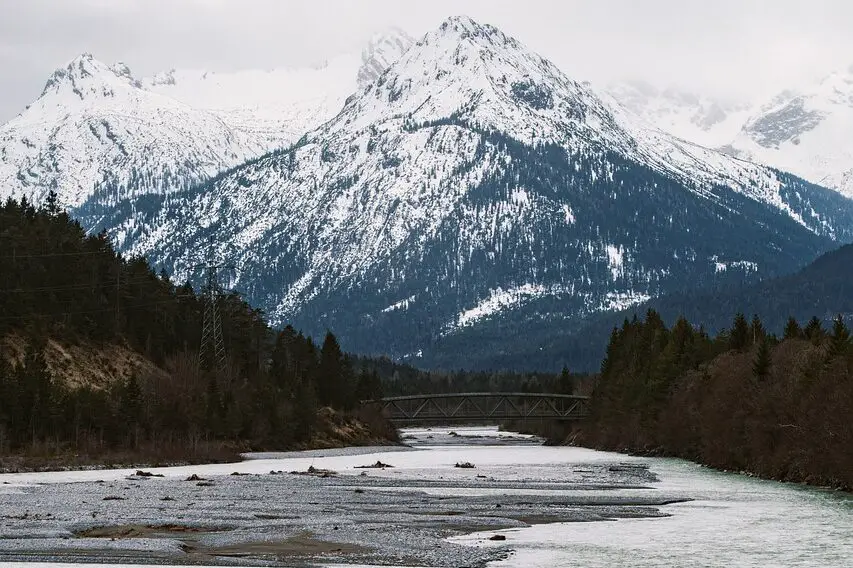
The Grand Canyon, one of the world’s most visited natural wonders, experiences its share of dirty moments. Known for its breathtaking views and geological significance, the park also struggles with high visitor numbers that contribute to pollution and litter. According to the National Park Service, due to the vastness of the canyon and its popular trails, it’s challenging to keep the park free from trash. Although there are waste management systems in place, some areas—especially the more remote spots—are often neglected. Hikers and campers sometimes leave behind waste, and the large number of visitors means that efforts to clean up after them can fall short.
The park also faces the issue of air pollution due to nearby industrial areas. Visitors may not realize it, but the air quality in the Grand Canyon is sometimes compromised by smog from surrounding cities, which can affect visibility and the overall experience. The heavy foot traffic along popular routes like the South Rim and Bright Angel Trail has led to trail erosion and soil degradation, contributing to the park’s dirty side. Still, the Grand Canyon remains a majestic place, though it’s clear that maintaining its beauty in the face of millions of visitors is a constant battle.
4. The Dirty Side: Zion National Park
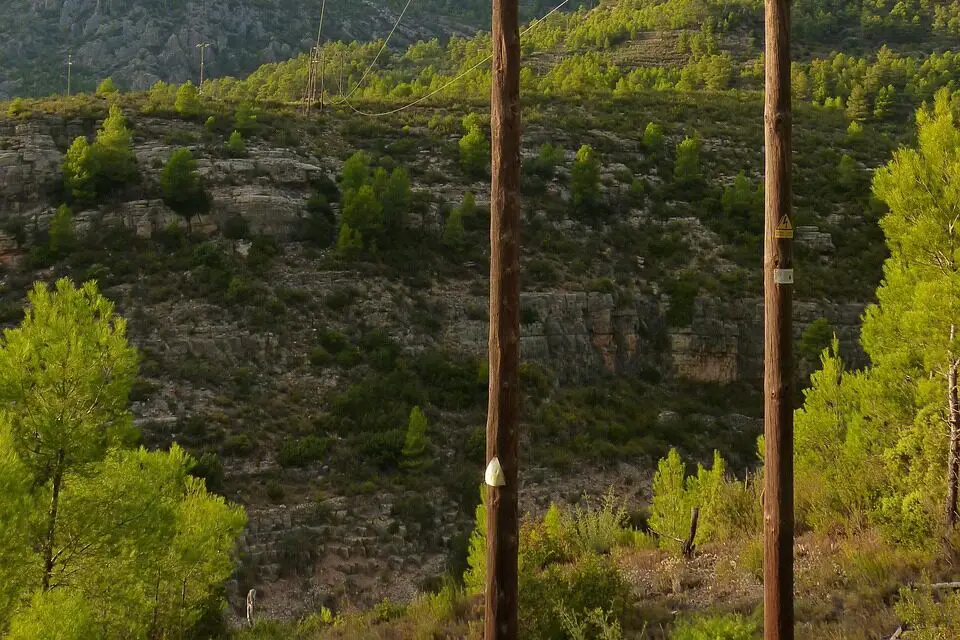
Zion National Park in Utah is known for its striking rock formations and sweeping landscapes. But with its beauty comes a dirty secret—crowded trails and overuse. According to a State of the Park report by the National Park Service, Zion has become a must-see destination, with millions of people flocking to experience its dramatic cliffs and canyons. But the volume of visitors means Zion faces issues like trail damage, litter, and pollution. Popular trails, like Angels Landing, are especially affected by this—crowds often leave behind food wrappers, plastic bottles, and other waste, despite the park’s efforts to keep it clean.
Another concern at Zion is its water management. The park’s delicate ecosystems rely on the natural flow of water, and the increasing number of visitors who use the park’s rivers and streams can cause contamination. This has led to problems with water quality in certain areas, making it harder to preserve Zion’s natural state. While Zion’s beauty remains undeniable, it needs to balance the needs of tourism with efforts to protect its fragile landscapes. The growing popularity of the park calls for more sustainable practices to minimize environmental impact.
5. The Dirty Side: Rocky Mountain National Park
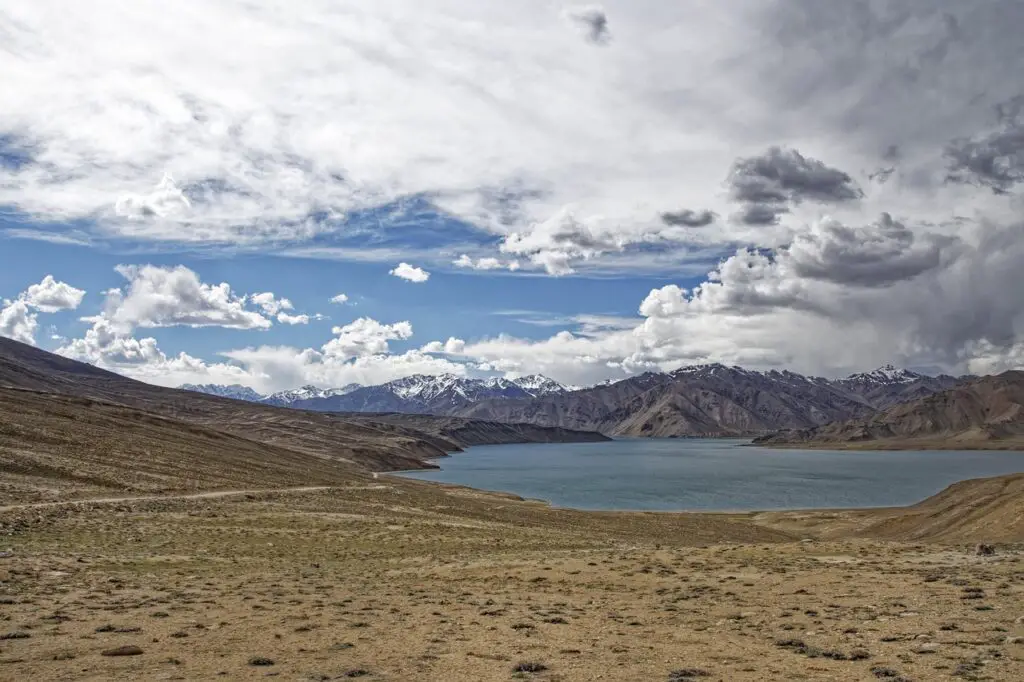
Rocky Mountain National Park is a dream for hikers, wildlife enthusiasts, and nature lovers, but its rising popularity has resulted in a noticeable decline in cleanliness. The park’s numerous trails and scenic spots are prone to the effects of overuse. Visitors often leave trash behind, despite the presence of trash cans and recycling stations. The problem isn’t limited to common items like bottles and wrappers—there are also instances of human waste being improperly disposed of in backcountry areas, contributing to pollution.
Air pollution is also an issue at Rocky Mountain National Park, particularly due to nearby industrial zones. The air quality can sometimes degrade, affecting the park’s visibility and natural serenity. The park has implemented various conservation measures, but the constant influx of visitors can undermine these efforts. Overcrowding has also led to trampling of fragile vegetation, which can be slow to recover. This park, like many others, is struggling to maintain its charm in the face of increasing tourism.
6. The Pristine Side: Acadia National Park
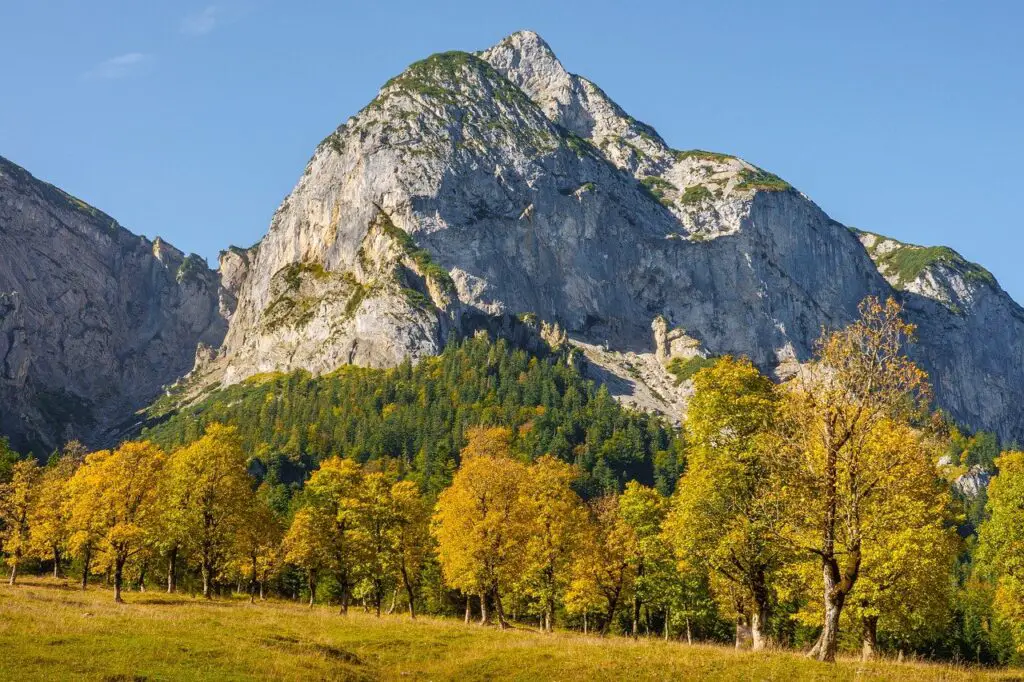
Acadia National Park in Maine is a breath of fresh air compared to many other national parks in terms of cleanliness. With its relatively smaller visitor numbers and a strong emphasis on conservation, Acadia has managed to preserve much of its beauty. The park’s diverse landscapes, from rocky shores to forested trails, are protected by thoughtful planning and responsible tourism. Acadia also benefits from a dedicated group of park rangers and volunteers who work tirelessly to maintain its pristine condition.
One of the highlights of Acadia is its pristine air quality, which remains largely untainted by nearby industrial activity. Visitors to the park often remark on how clear and fresh the air feels, adding to the overall sense of tranquility. The park’s efforts to limit pollution through waste management systems and educational programs have been effective in keeping Acadia clean. It’s clear that the park values its natural resources, and the result is a beautiful, unspoiled environment where visitors can experience nature in its purest form.
7. The Pristine Side: Everglades National Park
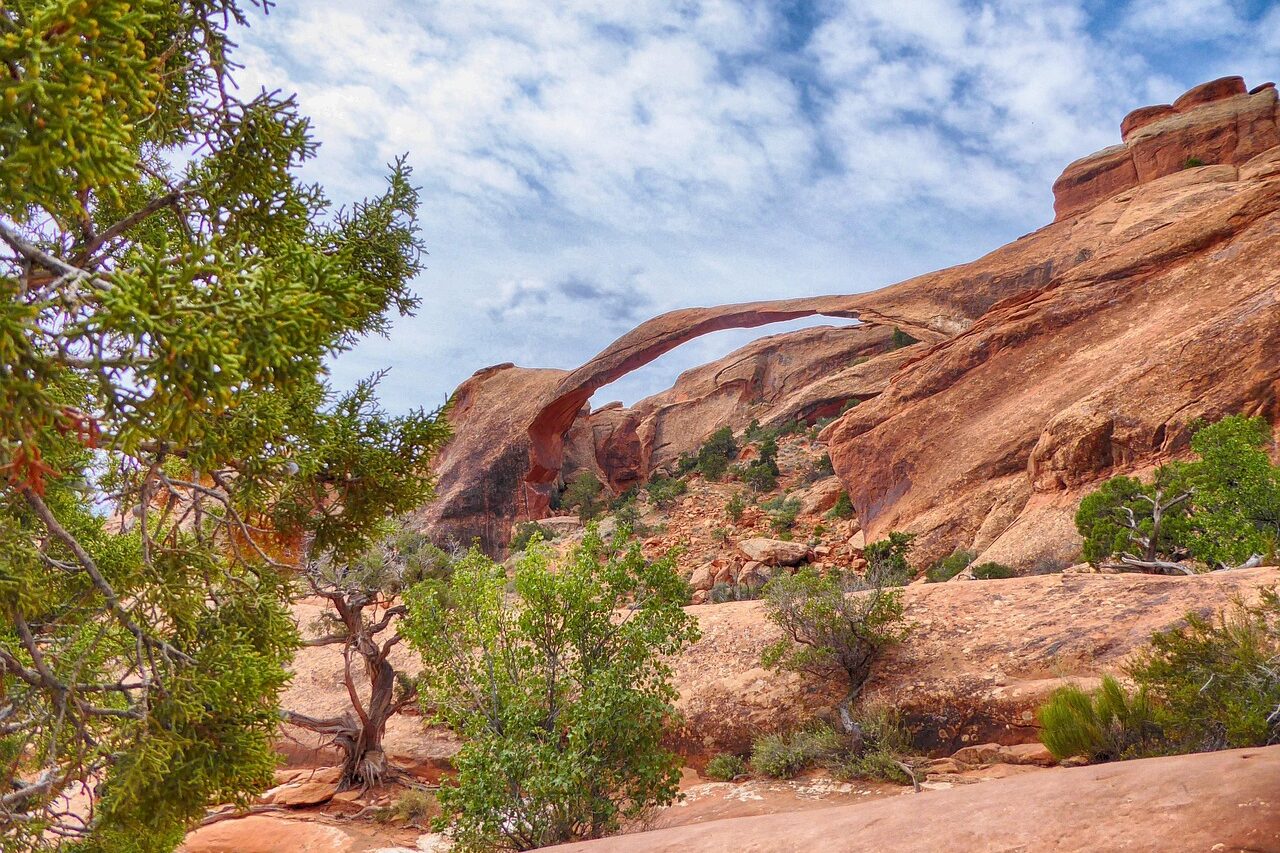
Everglades National Park in Florida is another example of a national treasure that remains remarkably pristine. Despite its vulnerability to climate change and rising sea levels, the park’s ecosystems remain largely intact. The Everglades have long been a focus of environmental preservation efforts, and the result is a park that offers a clean, natural experience. The vast wetlands and mangroves are home to a variety of wildlife, and the park works hard to limit human impact on its fragile landscapes.
One of the reasons the Everglades have maintained their cleanliness is the relatively low number of visitors compared to other national parks. While it’s popular, it doesn’t receive the massive influx of tourists that places like Yellowstone or the Grand Canyon do. The park’s efforts to educate visitors on Leave No Trace principles and sustainable tourism have been effective. With careful management, the Everglades continue to offer a pristine wilderness for future generations to enjoy.
8. The Pristine Side: Olympic National Park
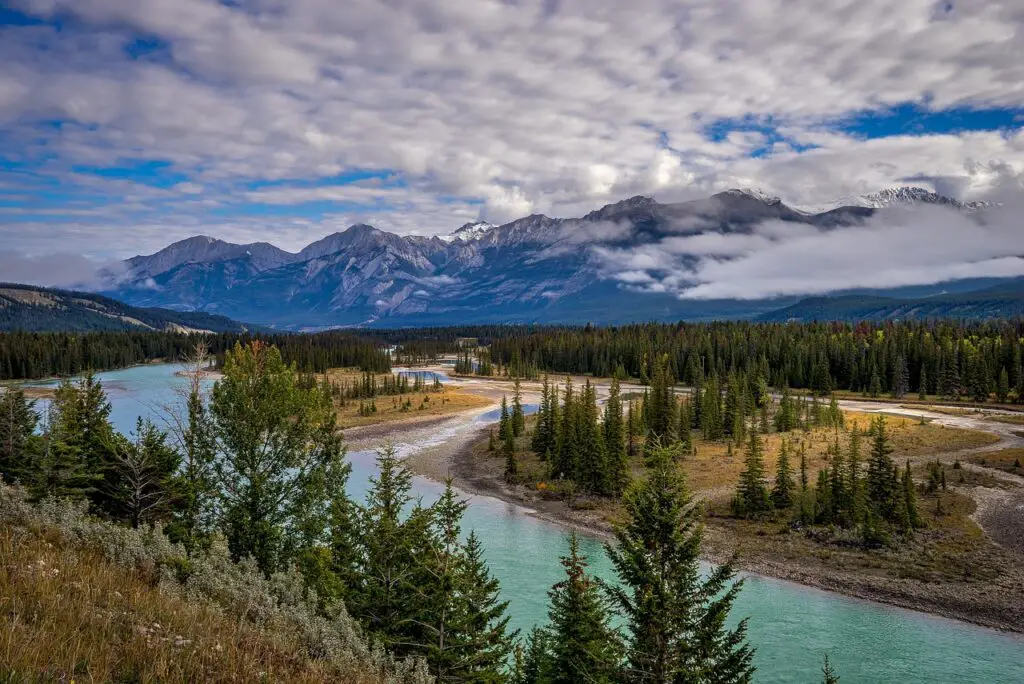
Olympic National Park in Washington State is a shining example of a pristine park, thanks to its remote location and relatively low visitor numbers. The park’s diverse ecosystems, including temperate rainforests, alpine meadows, and rugged coastlines, are protected through careful management and conservation efforts. Olympic has been designated as a UNESCO World Heritage Site due to its outstanding biodiversity and ecological significance, and this status has helped ensure that the park remains as clean and unspoiled as possible.
What sets Olympic apart is its dedication to preserving its wilderness character. The park’s policies are aimed at reducing human impact, and there’s a strong emphasis on keeping the environment in its natural state. Visitors to the park are encouraged to follow strict environmental guidelines, and most areas of the park are well-maintained with limited development. This commitment to preservation is reflected in the park’s relatively pristine condition, making it a true gem for nature lovers.
9. The Pristine Side: Denali National Park
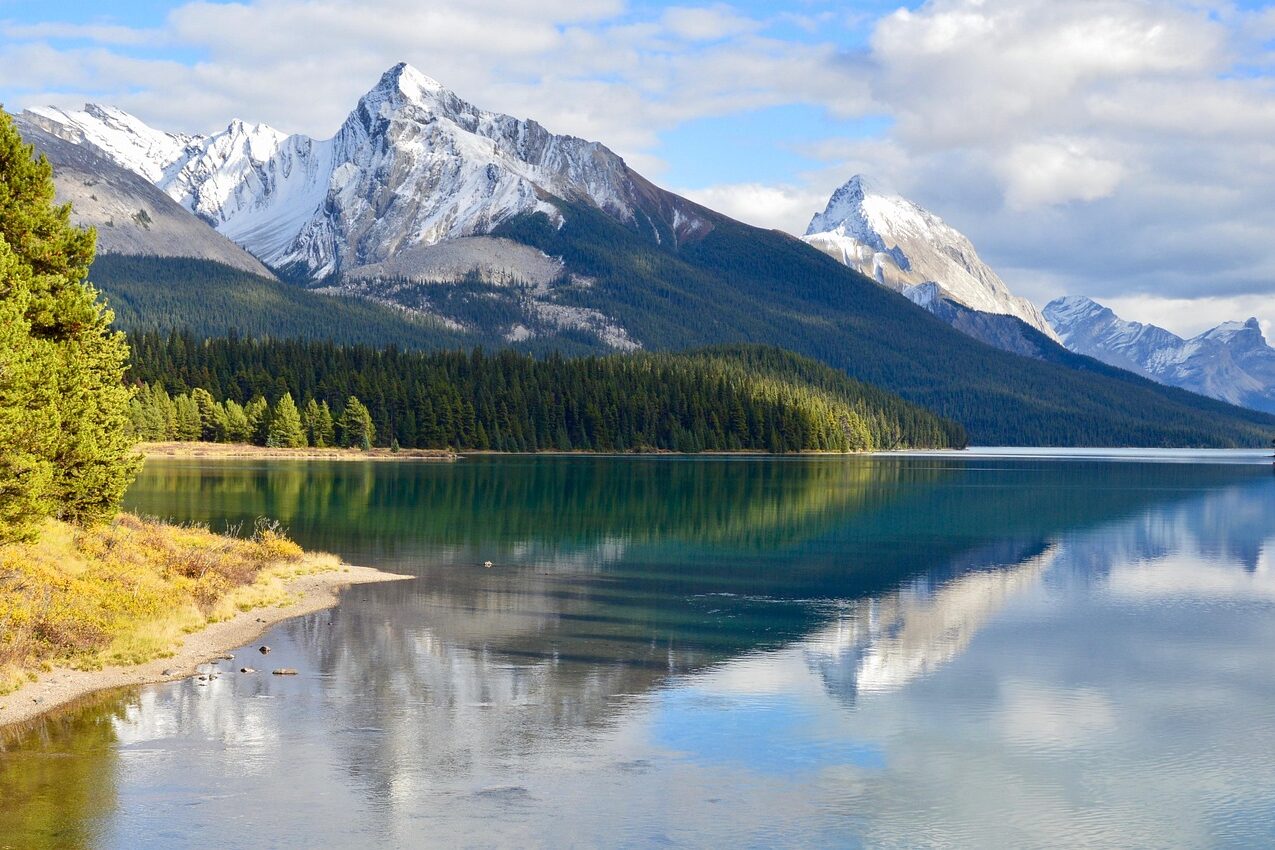
Denali National Park in Alaska is known for its remote beauty, which has helped it remain relatively free from the impacts of mass tourism. The park’s vast landscapes, dominated by the towering peak of Mount Denali, are still pristine, with few signs of human disturbance. According to Britannica, visitors are encouraged to leave no trace, and the park’s policies ensure that its wild spaces remain as undisturbed as possible. The park is remote, and its rugged terrain helps prevent overdevelopment, leaving the environment largely untouched.
Denali’s pristine condition can also be attributed to its seasonal accessibility. The park is only open to visitors during the summer months, which limits the time frame for human activity. Additionally, the harsh Alaskan environment naturally deters large crowds, helping to keep the park’s natural beauty intact. The efforts to preserve the park’s wilderness are evident in its clean air, clear waters, and untouched wildlife habitats. Denali’s pristine wilderness offers visitors an opportunity to experience nature in its purest form.
10. The Pristine Side: Joshua Tree National Park
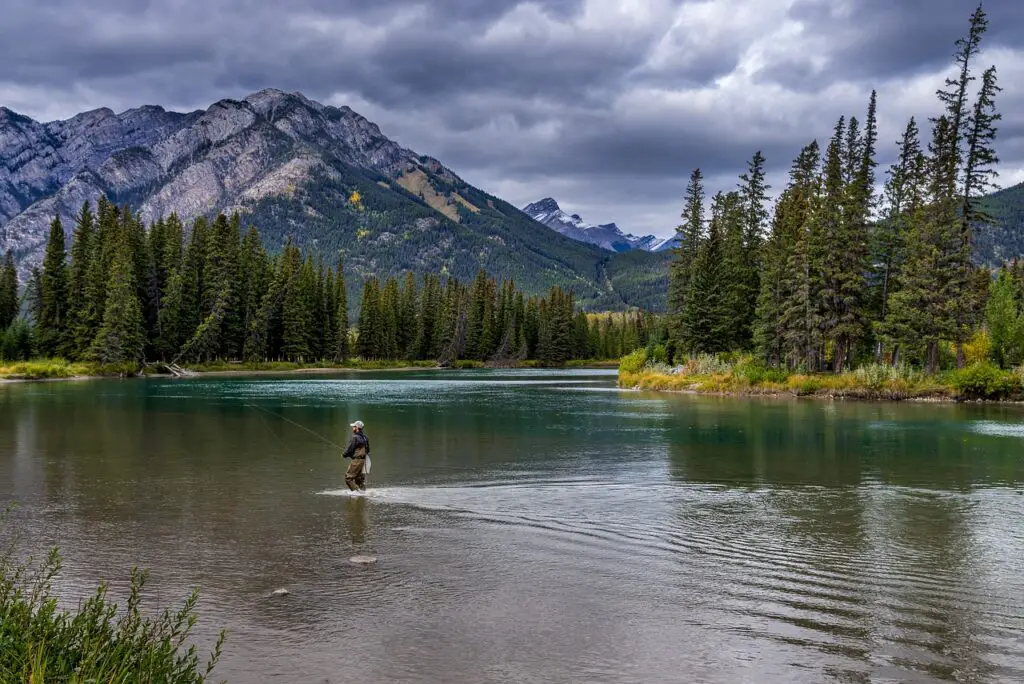
Joshua Tree National Park in California has earned a reputation for being clean and well-maintained, thanks to its strong conservation efforts and relatively low visitor numbers. The park’s unique desert landscape, with its iconic Joshua trees and otherworldly rock formations, is carefully managed to ensure that it remains pristine. According to the National Parks Conservation Association, the park works hard to limit the impact of tourism through waste management systems, educational programs, and careful monitoring of natural resources.
One of the key factors in Joshua Tree’s cleanliness is the park’s focus on sustainability. Visitors are encouraged to minimize their environmental footprint, and the park provides resources for those looking to practice responsible tourism. The park also has a relatively low volume of visitors compared to more famous destinations, which has helped it maintain its natural beauty. The result is a park that continues to shine with its unspoiled desert vistas and protected ecosystems.
11. The Pristine Side: Shenandoah National Park

Shenandoah National Park in Virginia stands out as a pristine park due to its commitment to environmental preservation. Located just a short drive from Washington, D.C., the park is popular but still maintains its natural beauty. Its rolling hills, dense forests, and picturesque streams remain largely untouched thanks to careful management and conservation efforts. The park has an extensive network of trails and backcountry areas where visitors can experience nature without the distractions of urbanization.
Shenandoah’s dedication to cleanliness is reflected in its waste management systems and public education campaigns. Visitors are encouraged to follow Leave No Trace principles, and the park works hard to keep its trails clear of litter and debris. The park’s relatively low visitor numbers compared to other eastern parks help to preserve its pristine condition. As a result, Shenandoah remains a peaceful and beautiful place where nature takes center stage.
Click here for more stories like this
12. The Pristine Side: Hawaii Volcanoes National Park
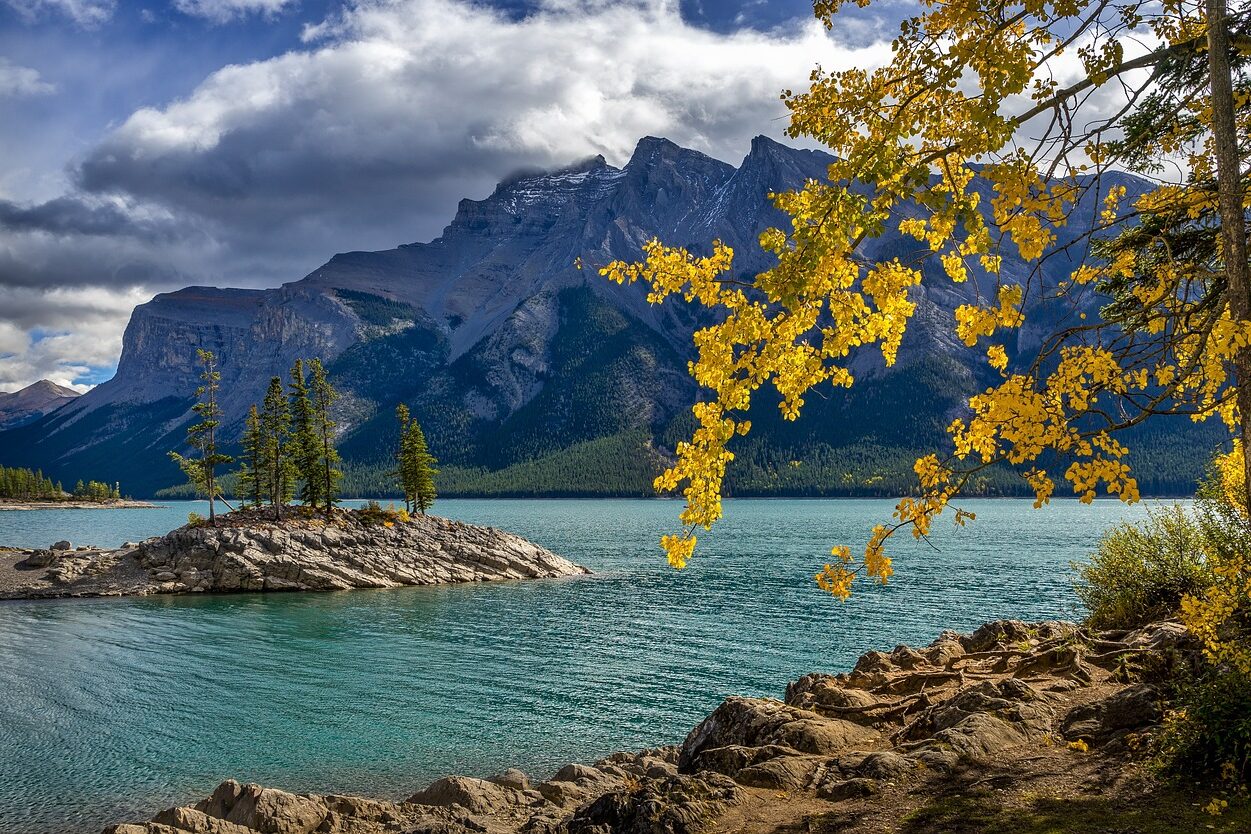
Hawaii Volcanoes National Park is a treasure trove of volcanic landscapes and unique ecosystems, and its preservation is of utmost importance. The park is dedicated to maintaining its natural beauty by implementing sustainable tourism practices and managing visitor access to sensitive areas. The park’s volcanic craters, lava fields, and lush rainforests remain pristine due to careful stewardship and an emphasis on environmental responsibility.
One of the key features of Hawaii Volcanoes is its commitment to conservation. The park has specific programs aimed at protecting its unique wildlife and plant species, many of which are found nowhere else on Earth. Visitors are encouraged to respect the park’s fragile environment and to follow guidelines to minimize their impact. With its stunning landscapes and active volcanoes, Hawaii Volcanoes National Park remains one of the most pristine parks in the United States.


